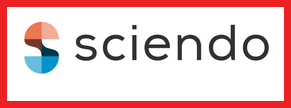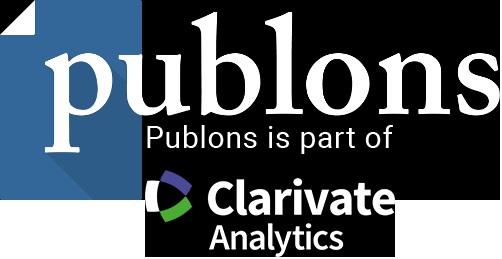EUROPEAN MONETARY INTEGRATION AS A DEVELOPMENT FACTOR OF EUROCURRENCY MARKET
DOI:
https://doi.org/10.1515/eoik-2017-0004Keywords:
European Monetary Union, Eurocurrency Market, Banking, Credit Market, international capital market, banking standards, EURIBOR, LIBORAbstract
Economic interconnection among the European countries influenced the birth of a single economic space with a common monetary policy. In addition, the abolition of the gold standard represented an important external factor that followed the same path. In parallel with these processes, the conditions were created for developing a Eurocurrency market which favoured financial integration of Europe, as well as the creation of a single European currency. In accordance with such economic flows, Eurocurrency market emerged as a distinguished international financial market, crucial for the development of international banking. Thus, business entities were allowed to access the capital which represents the transfer of the international accumulation of the exporting country onto the European capital market, thereby resulting in more efficient financing of the member states. Thanks to similar economic effects, these processes of European monetary integrations have become imperative to other countries in the region.
References
Baldwin, R.; Wyplosz, C. (2010). Ekonomija evropskih integracija (orig.: The Economics of European Integration). 3rd Edition. Belgrade: Data status.
Burda, M.; Wyplosz, C. (2013). Macroeconomics. Sixth edition. Oxford: Oxford University Press.
Krugman, R. P.; Obstfeld, M. (2009). Međunarodna ekonomija: teorija i politika (orig: International Economics Theory and Policy). 8th Edition. Belgrade: Data status.
Olgu, Ö. (2005). European Banking: Enlargement, Structural Changes and Recent Developments (Palgrave Macmillan Studies in Banking and Financial Institutions). First edition. Basingstoke: Palgrave Macmillan Publishers Limited, England.
Borković, M.; Vuković, D.; Kovačević, I. (2007). Bazel 2: međunarodna saglasnost o merenju kapitala i standardima kapitala. (Eng.: Basel 2: International Convergence of Capital Measurement and Capital Standards) Belgrade: Jugoslovenski pregled (Yugoslav Review).
Dušanić, J.; Krstić, B. (2012). Bankarski menadžment. (Eng.: Banking Management) Belgrade: Belgrade Business School Higher Education Institution for Applied Studies.
Jovanović Gavrilović, P. (2008). Međunarodno poslovno finansiranje, 12. Izmenjeno izdanje. (Eng: International Business Financing, 12th Revised Edition) Belgrade: Publishing Center of the Faculty of Economics in Belgrade.
Jovičić, J.; Klincov, R.; Ristić, Ž. (2010). Međunarodno bankarstvo (Eng: International Banking). Belgrade: Etnostil.
Komazec, S.; Ristić, Ž. (2009). Monetarna ekonomija i bankarski menadžment (Eng: Monetary Economics and Banking Management). Belgrade: Liber.
Mikerević, D. (2010). Napredni strateški finansijski menadžment (Eng: Advanced Strategic Financial Management). Banja Luka: Faculty of Economics; Finrar.
Popović, G. (2016). Ekonomija Evropske unije (Eng: Economics of the European Union). Istočno Novo Sarajevo (East Novo Sarajevo): Institute for textbooks and teaching aids.
Popović, G.; Kondić, N. (2014). Teorija i praksa evrointegracija (Eng: Theory and practice of European integration). Banja Luka: Faculty of Economics.
Špirić, N.; Dušanić, J. (2009). Monetarne i javne finansije (Eng: Monetary and Public Finance). Banja Luka: Faculty of Economics.
Vukadinović, R. (2014). Uvod u institucije i pravo Evropske unije (Eng: Introduction to the Institutions and Law of the European Union). 6th Revised edition. Kragujevac: Association for European Law.
Downloads
Published
How to Cite
Issue
Section
License
Copyright (c) 2016 Oikos Institute - Research Centre

This work is licensed under a Creative Commons Attribution-NonCommercial-NoDerivatives 4.0 International License.























